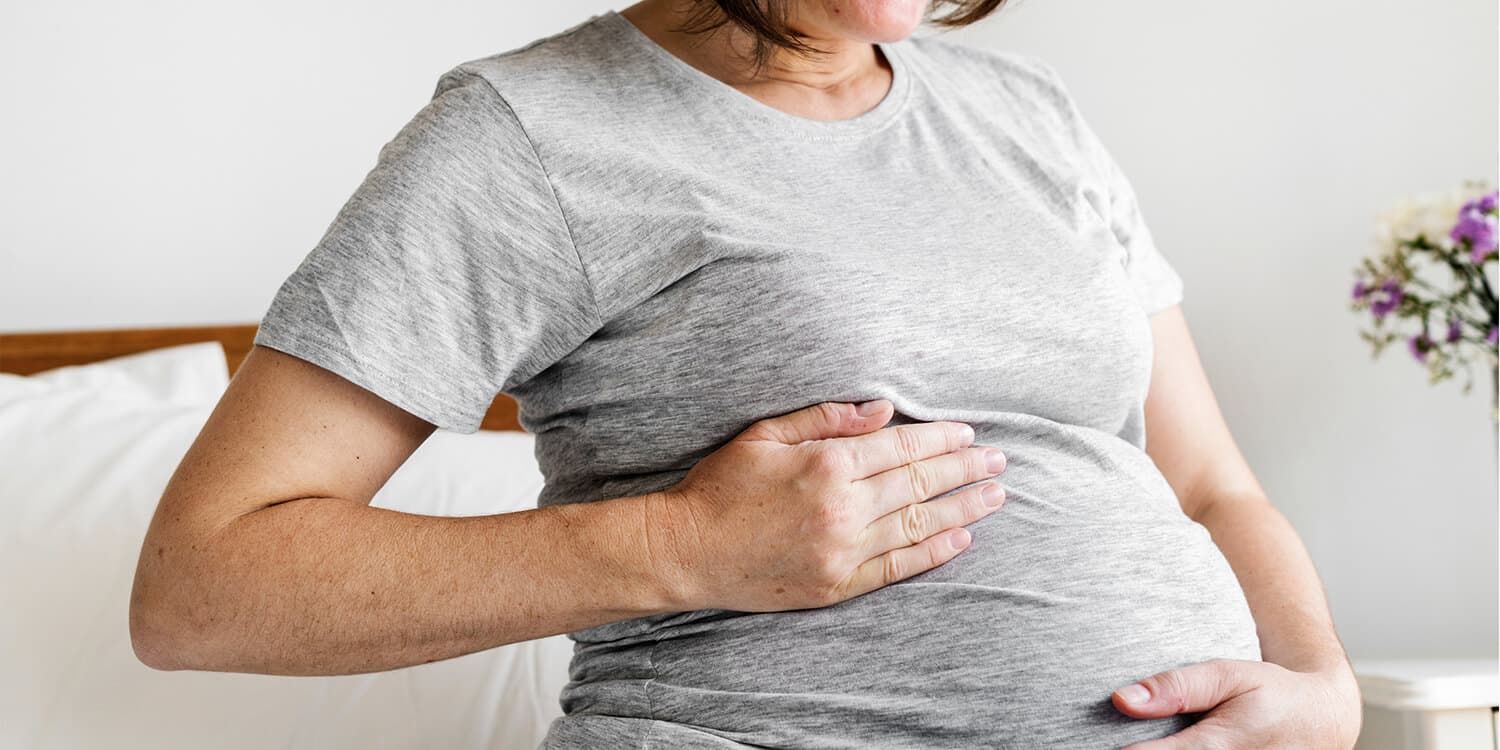There is still some time before the birth, but you may still feel contractions when you are 29 weeks pregnant. Many pregnant women become concerned when their belly goes hard – read on to find out how to tell the difference between the various types of contraction and what your baby is doing right now!
What's going on inside you at 29 weeks pregnant?
Your baby is now roughly the size of a large courgette.

The immune system still needs to mature. Your little one is currently protected by the placenta, which "filters out" some, but not all, pathogens. Your baby also obtains important antibodies from your body via the placenta. This is how "nest protection" is slowly developed for your little one: your antibodies against diseases ("immunoglobulins") help your baby to fight off germs in the first four months after it is born. The baby's immune system will only be fully developed after that period.
Incidentally, breastfeeding also supports the immune system later on in the baby's development.
How do you feel at 29 weeks pregnant?
Your bump may harden more often – these practice contractions are your body's way of preparing for an emergency. You may already have heard of false labour contractions.
But what's the difference between practice contractions and false labour contractions?
They both have one thing in common: they do not dilate the cervix. Only the "real" contractions do that.
Practice contractions
- Strengthen the uterine muscles
- Ensure better blood flow through the placenta
- Ensure better blood flow for the baby
- May occur frequently, although usually with long intervals between them
- Are rather mild in early pregnancy, but can become stronger later on (Braxton Hicks contractions)
- May feel similar to period pain
- Are often eased with heat and rest
False Labour contractions
- Only occur in the later stages of pregnancy (when you are around 36 weeks pregnant)
- Sometimes only happen at the time of the birth and cannot be distinguished from real contractions
- Push the baby lower down into the pelvis
- Sometimes feel like someone is pulling your back or stomach, but are rarely very painful
- Can change the shape of your bump if your baby drops down
- Can also be eased with heat and rest
Actual labour contractions come very regularly with shorter and shorter intervals between them. They also last longer (up to 60 seconds). The contractions can be very strong and are not eased with heat or rest. If you are uncertain, contact your midwife or doctor immediately – the same also applies if you have any bleeding.
Your baby should now remain in its warm and cosy home for a little longer. This also gives you time to buy everything you need for the baby. Decorating, shopping for furniture, putting it together, rearranging it, styling and/or setting up the nursery will be more and more tiring as your baby bump continues to grow. So now is a good time to pay attention to the big things, like the baby's cot, Moses basket, changing unit, etc. – but make sure that you don't lift or push anything heavy yourself!
Different areas may also have different practices when it comes to visiting maternity units and announcing the birth. It is a great advantage if you have the opportunity of looking around different maternity units: not only can you decide where you feel you would most like to have your baby, they can also get to know you a little better too. This relieves women of a lot of anxiety before the birth, so it's an important consideration for a pleasant birth experience, free from complications!
Photo: Shutterstock
Pregnancy week 28
Preparing to breastfeed
Pregnancy week 30
Nutrition in the third trimester of pregnancy
The third trimester: welcoming a new life
with MAM-expert Dr. Tony (Tao) Duan





















